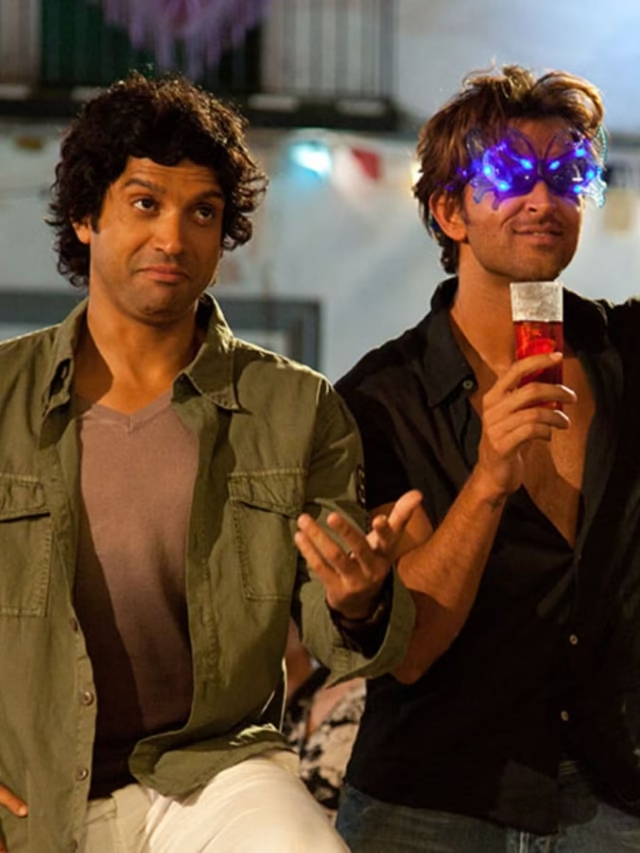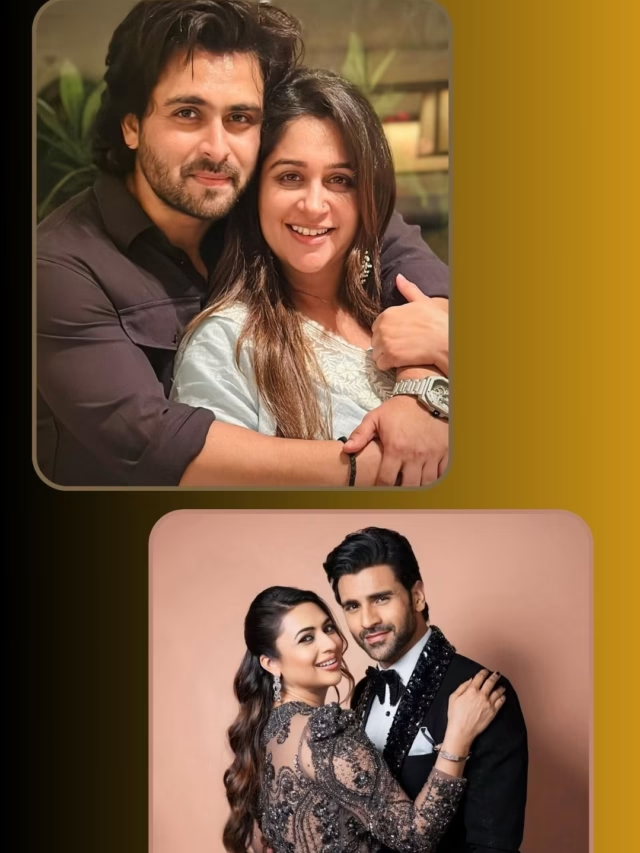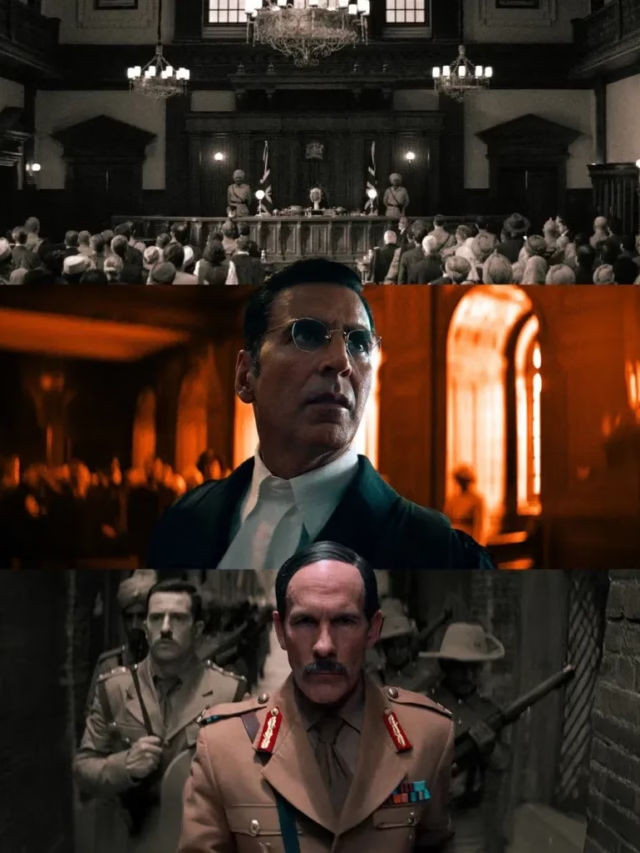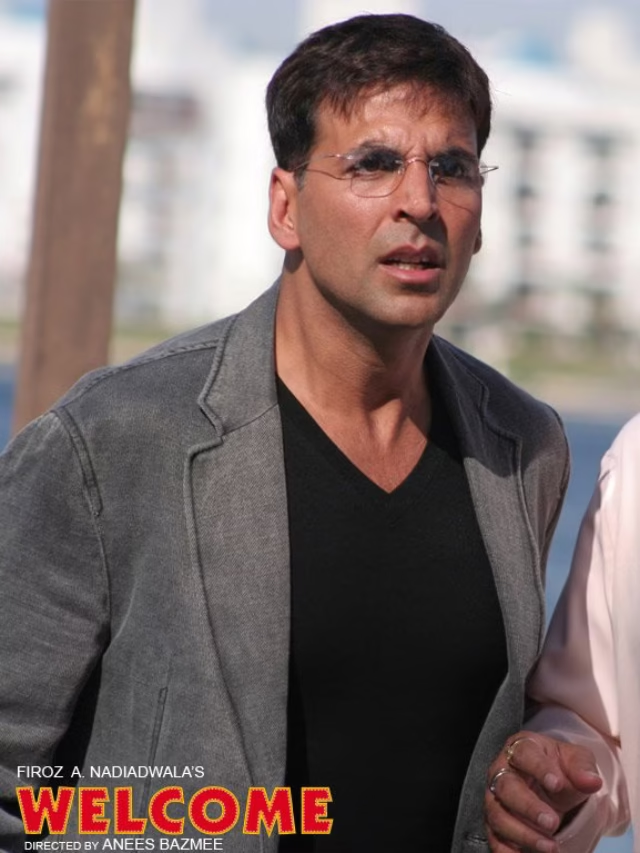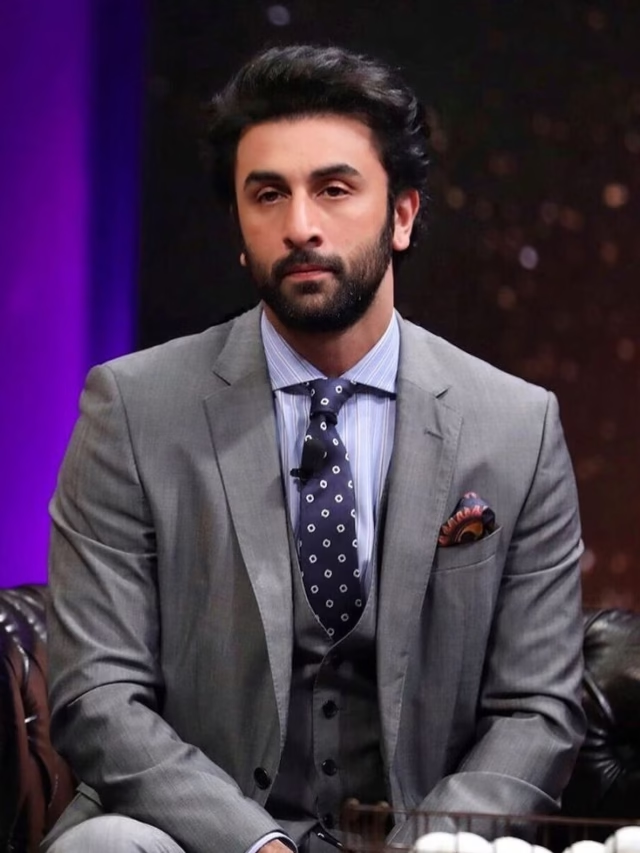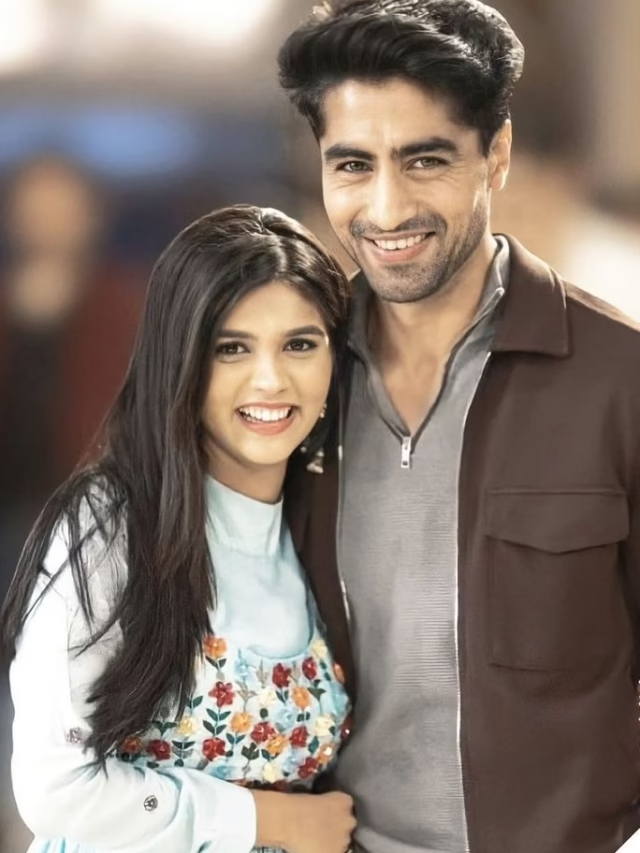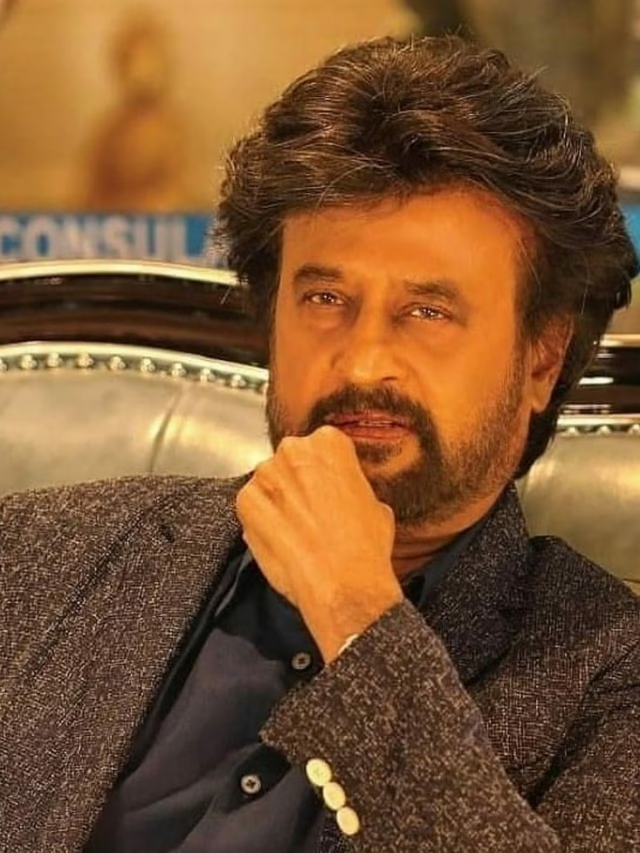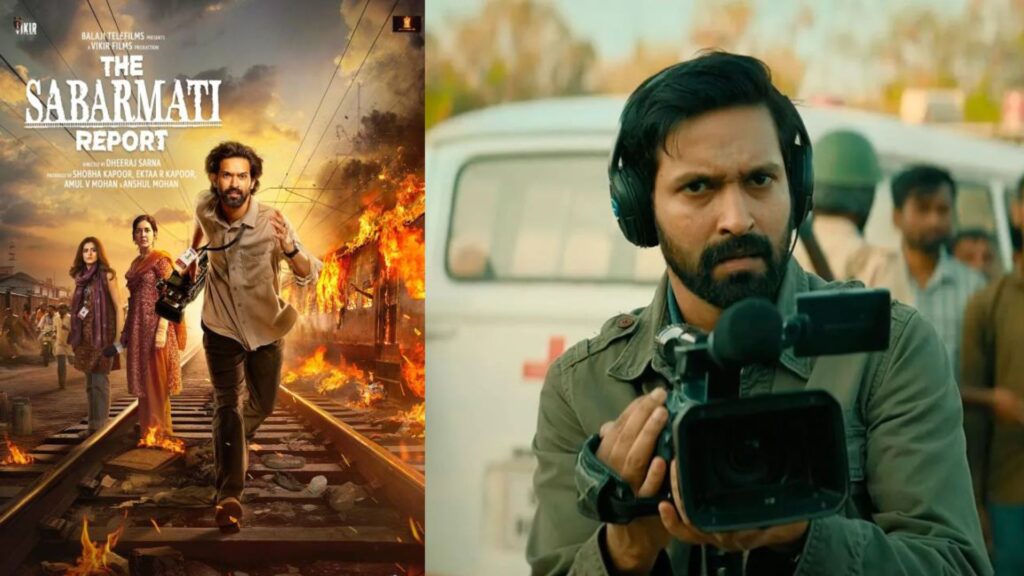
The Sabarmati Report has swiftly made its debut in theaters, igniting discussions for its ambitious depiction of the 2002 Godhra incident. Starring Vikrant Massey in the lead role and directed by Dheeraj Sarna, the film seeks to unravel the complexities surrounding this tragic event and its aftermath. While it presents a sensitive portrayal of the Godhra train burning and the ensuing Gujarat riots, the film’s execution reflects a blend of earnest intentions and missteps. Here’s a detailed examination of the narrative, performances, direction, and the film’s various strengths and weaknesses. Also read: Vikrant Massey Faces Death Threats Amid ‘The Sabarmati Report’ Release Controversy
The Story Unfolds: The Sabarmati Express Incident
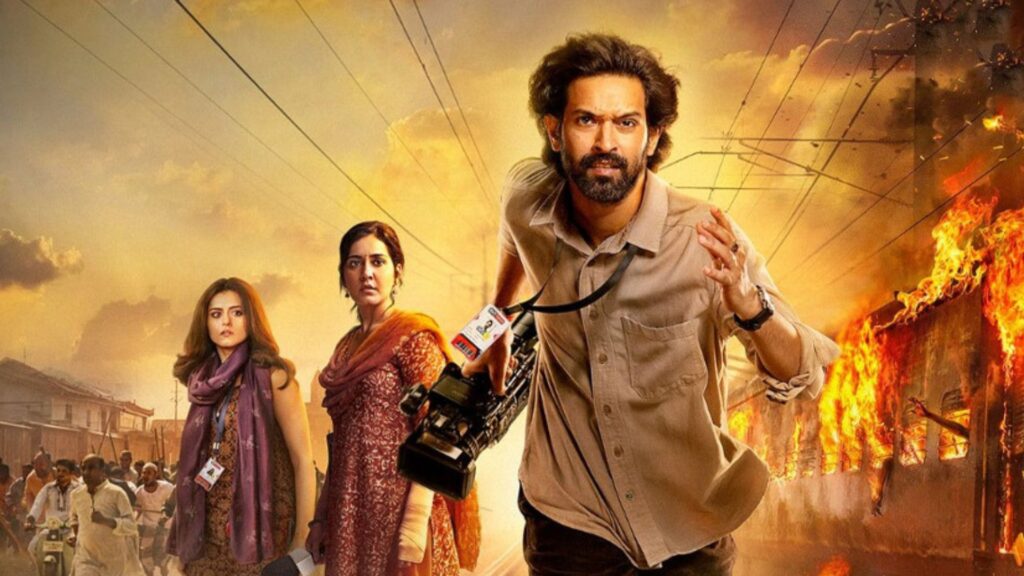
The story of The Sabarmati Report is based on the tragic Sabarmati Express train burning incident that occurred on February 27, 2002, at Godhra station in Gujarat. This horrific event claimed the lives of 59 individuals returning from a religious ceremony in Ayodhya. The tragedy ignited a wave of violent riots throughout Gujarat, resulting in significant loss of life and exacerbating the existing sectarian tensions.
The narrative follows a Hindi-speaking reporter, Samar Kumar (Vikrant Massey), who, alongside his English-speaking colleague Manika Rajpurohit (Riddhi Dogra), heads to Godhra to report on the aftermath of the incident. In a brief yet intense moment, they both quickly determine that the incident was not an accident but rather a calculated act of arson. The story takes a dramatic turn when Samar is left to pursue the truth alone after Manika steps back due to political pressures.
The film explores the differing ideologies of Hindi and English-speaking journalists, with Samar firmly sticking to his perspective while Manika seeks a more balanced view, aiming to present all sides of the story. This ideological clash is a central theme throughout the film, reflecting the larger context of media politics and the power dynamics at play in journalism. The introduction of Amrita Gill (Raashii Khanna), a young and driven reporter, adds depth to the investigation as she partners with Samar in his pursuit of the truth. The film delves into their battles against institutional biases, political pressures, and personal conflicts, all while highlighting the emotional weight of the tragedy. It shifts between three timelines: the immediate aftermath of the Godhra incident in 2002, Samar’s trial in 2007, and the court verdict in 2017. These transitions aim to illustrate the progression of the investigation, but they also contribute to a somewhat disjointed narrative structure.
Recent Posts
Vikrant Massey's Stellar Performance as Samar Kumar
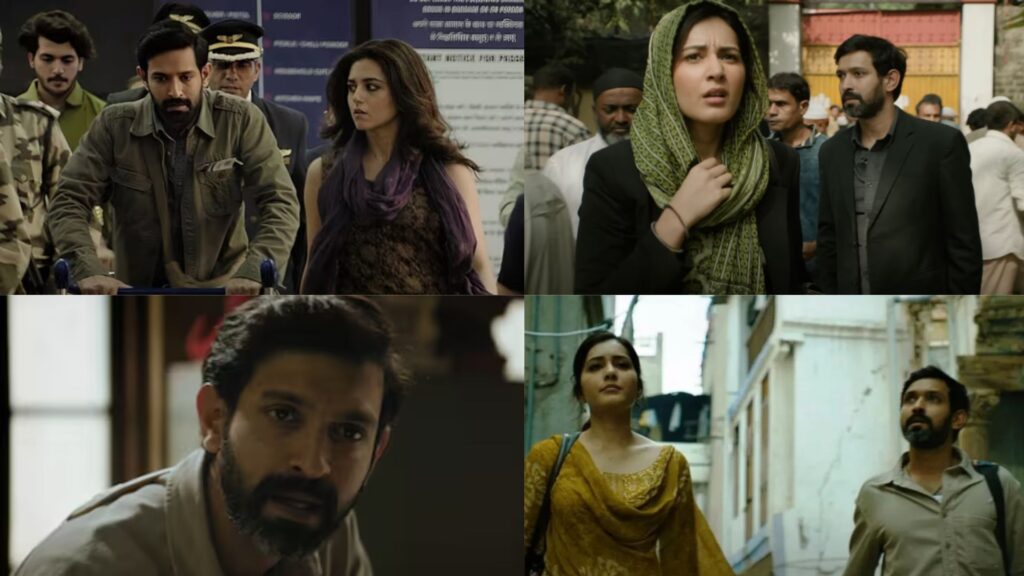
Vikrant Massey, riding high on the success of 12th Fail, delivers another impressive performance as Samar Kumar. He effectively portrays a journalist torn between his personal beliefs and professional responsibilities, showcasing the internal struggle of a man eager to reveal the truth while steadfast in his principles. Vikrant’s performance is undoubtedly the film’s standout, as he brings depth and vulnerability to his character.
Raashii Khanna, playing the ambitious reporter Amrita Gill, also makes a strong impression. Although her screen time is less than Vikrant’s, she injects a vibrant energy into the film, making her character’s quest for the truth both engaging and relatable. The chemistry between her and Vikrant is well-executed, particularly in the scenes where they collaborate on the investigation.
Riddhi Dogra takes on the role of Manika Rajpurohit, an English-speaking journalist whose character experiences a profound transformation. She starts off as a colleague committed to the truth, but as the story unfolds, her loyalty to the media organization and the pressures of politics lead her to compromise her integrity. Riddhi’s performance as Manika is subtle yet impactful, and her character’s internal conflict is one of the film’s most compelling elements. The supporting cast enhances the narrative, delivering performances that beautifully complement the main characters. Although the film has some structural issues, the cast’s sincere portrayals of intricate characters help elevate the overall story.
The Struggle for Sensitivity in Portraying a Real Tragedy
Dheeraj Sarna, who has a background in television, makes his cinematic debut with The Sabarmati Report. While he clearly aims to present a sensitive and thought-provoking story, the execution leaves much to be desired. Sarna attempts to navigate the delicate portrayal of a real-life tragedy alongside the ideological clash among journalists, but the narrative often becomes tangled, and some scenes appear rushed or lack depth.
The film’s direction struggles, particularly when it shifts focus from the tragedy to the more dramatic aspects of media conflicts. The ideological rift between English and Hindi journalists is a pertinent theme, yet it sometimes overshadows the crucial narrative about the Godhra incident. The film’s pacing is inconsistent, especially in the middle sections where the courtroom drama and investigative parts feel prolonged.
Sarna’s incorporation of real footage from the Godhra incident serves as a poignant reminder of the tragedy, but it risks sensationalizing the event for dramatic purposes. While these clips lend a sense of authenticity to the film, their presence may be unsettling for some viewers, especially when contrasted with fictional elements.
Writing: A Mixed Bag of Ambition and Execution
The screenplay of The Sabarmati Report aims to intertwine the personal journeys of its characters with the broader socio-political context of the Godhra incident. While this ambition is clear, the writing often lacks consistency in tone and message. The film’s main idea—examining the divide between vernacular and English journalism—becomes mired in an excessive focus on ideological conflict. Although the importance of local journalism is a valid point, the film spends too much time on this discussion, which detracts from the tragedy at its core.
Additionally, the film’s efforts to highlight the moral dilemmas faced by its characters can feel overly forceful at times. The writing shifts between melodrama and sincere storytelling, leaving viewers uncertain about the film’s intended tone. The predictability of the plot also diminishes its impact, as the resolution seems inevitable and lacks the emotional depth that could have made the story resonate more profoundly.
VFX vs. Emotional Authenticity: A Film’s Visual Dilemma
The Sabarmati Report presents a blend of striking visuals alongside some moments that miss the mark. While the VFX used to depict the train burning and the ensuing chaos is commendable, certain sequences suffer from a cold and sterile cinematography that undermines the film’s emotional impact. The visual palette lacks the warmth needed to truly convey the seriousness of the events being portrayed. The music, intended to build tension, often falls short. At times, the background score feels out of place and tends to sensationalize the on-screen moments, which detracts from the film’s overall atmosphere. A more subtle approach to the music in pivotal scenes could have allowed the weight of the situation to resonate more authentically, without the need for forced dramatization.
Conclusion: A Film That Struggles to Find Its Voice
The Sabarmati Report is an ambitious film that seeks to address a complex and sensitive topic—the Godhra incident and its aftermath. While Vikrant Massey delivers a strong performance and the film explores important themes like media bias and journalistic integrity, it struggles with its execution. The narrative feels fragmented, the pacing is uneven, and there is an excessive focus on ideological conflicts that sometimes detracts from the central tragedy.
Although the film attempts to maintain a balanced perspective on the incident, it has difficulty providing a nuanced portrayal of the events. The depiction of the media landscape, particularly the divide between English and vernacular journalists, could have been more insightful and less didactic. Despite these shortcomings, The Sabarmati Report is a significant effort to explore a tragic chapter in India’s history, offering a thought-provoking—albeit flawed—viewing experience for those interested in Indian politics and media.


